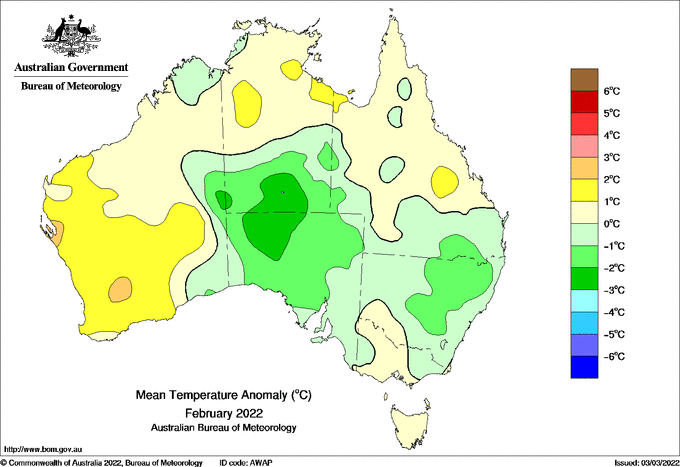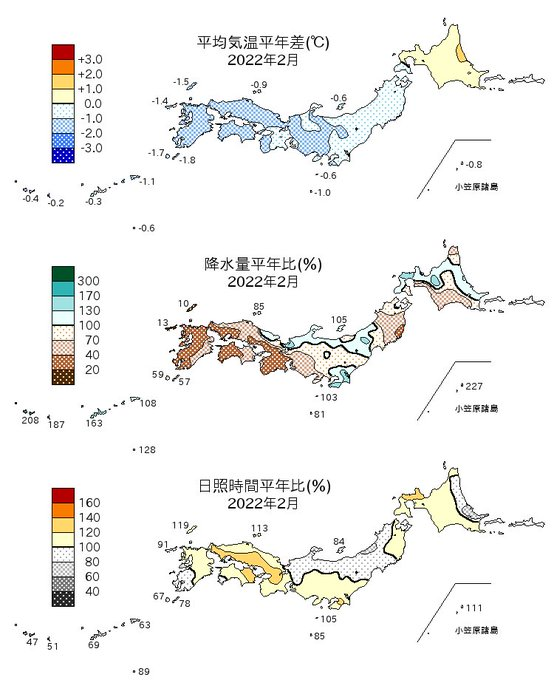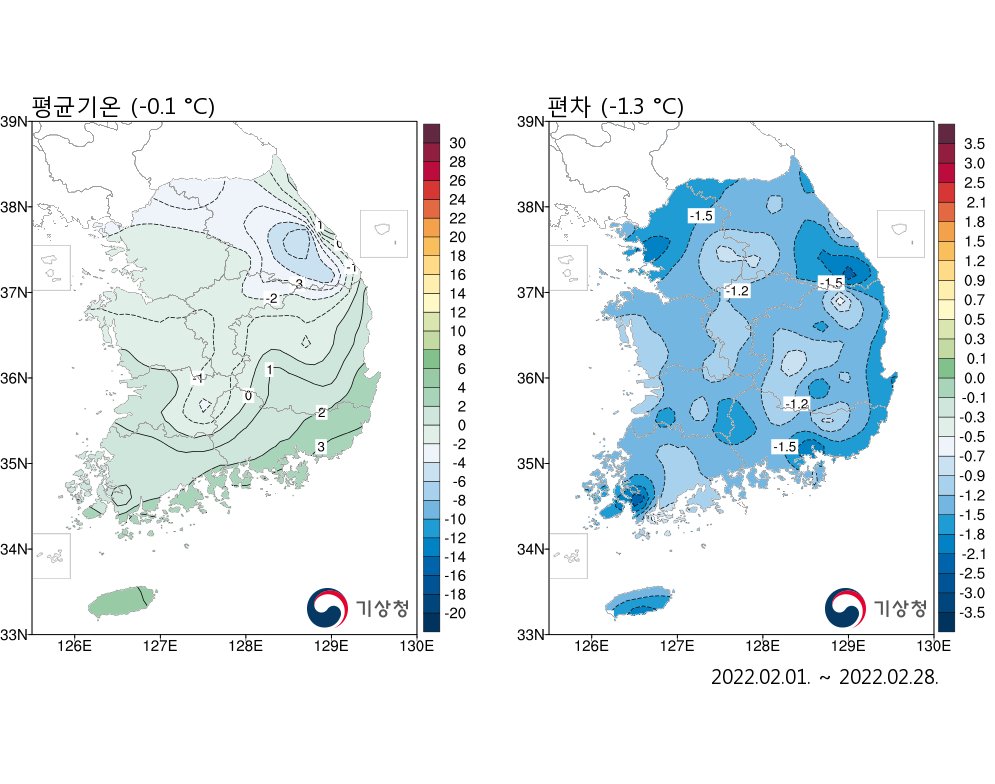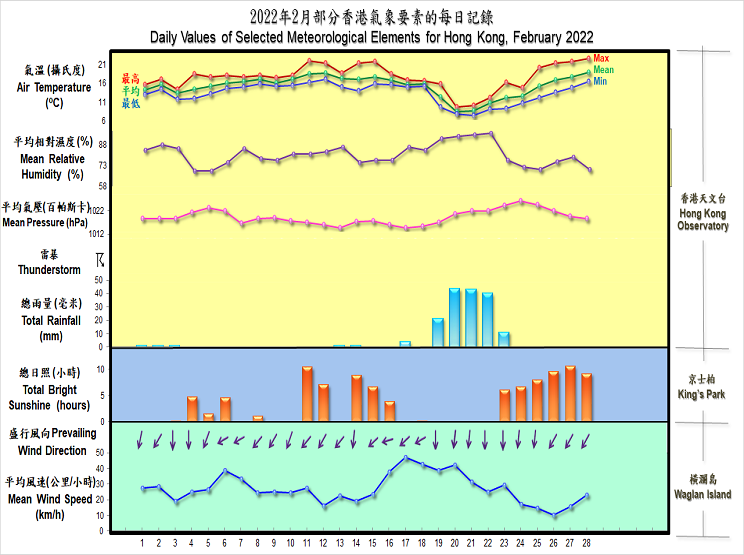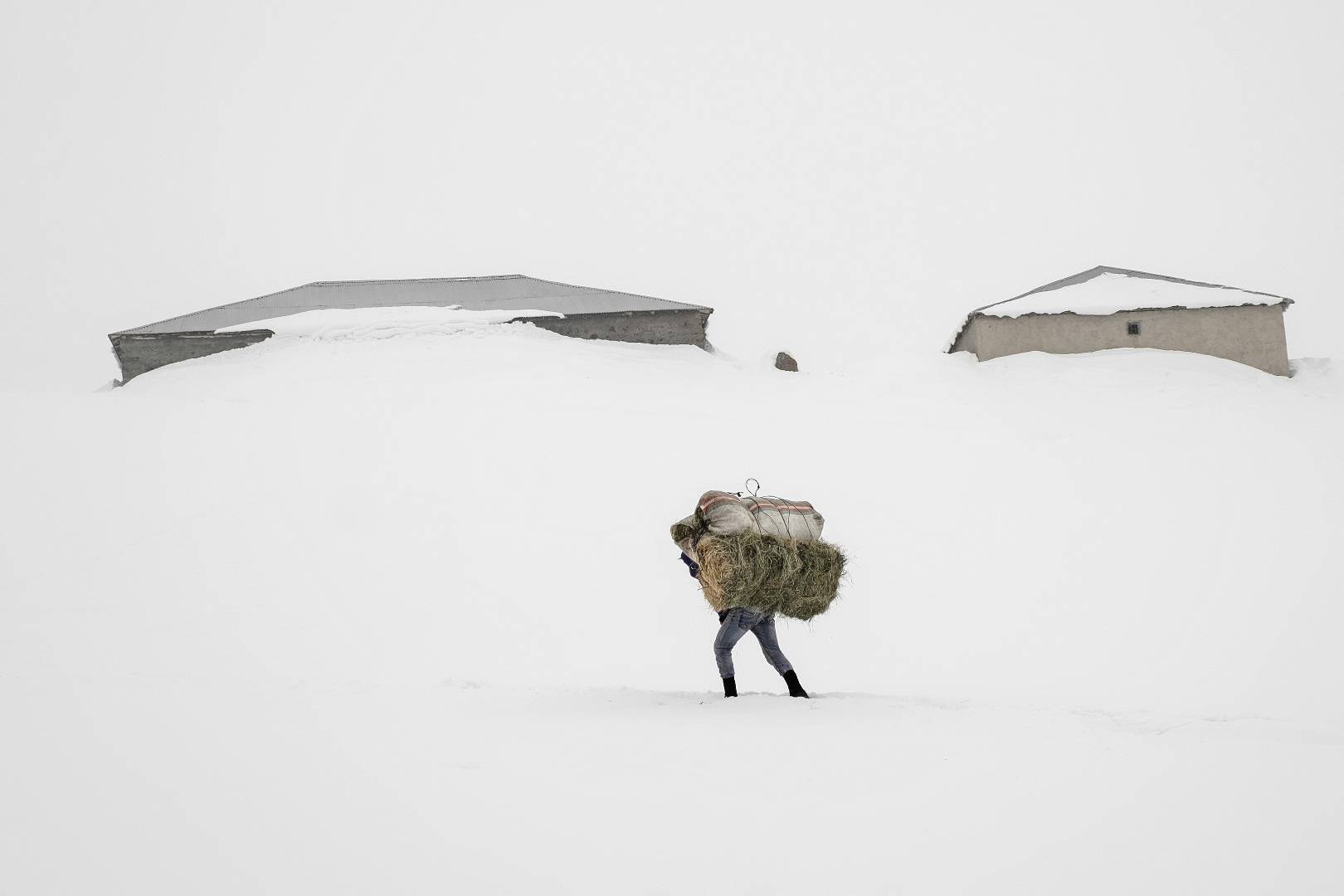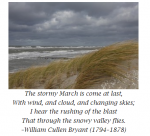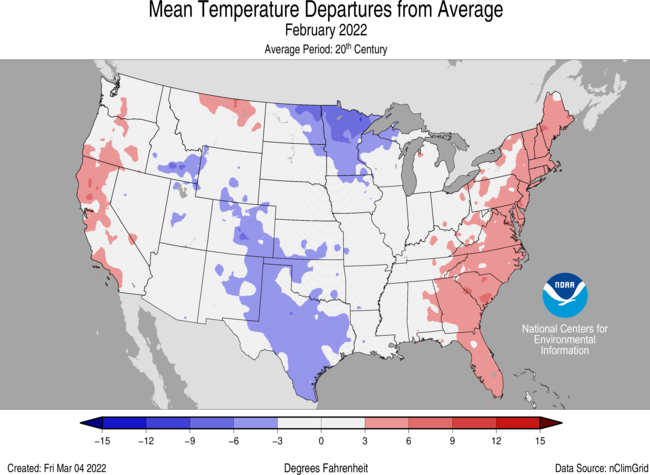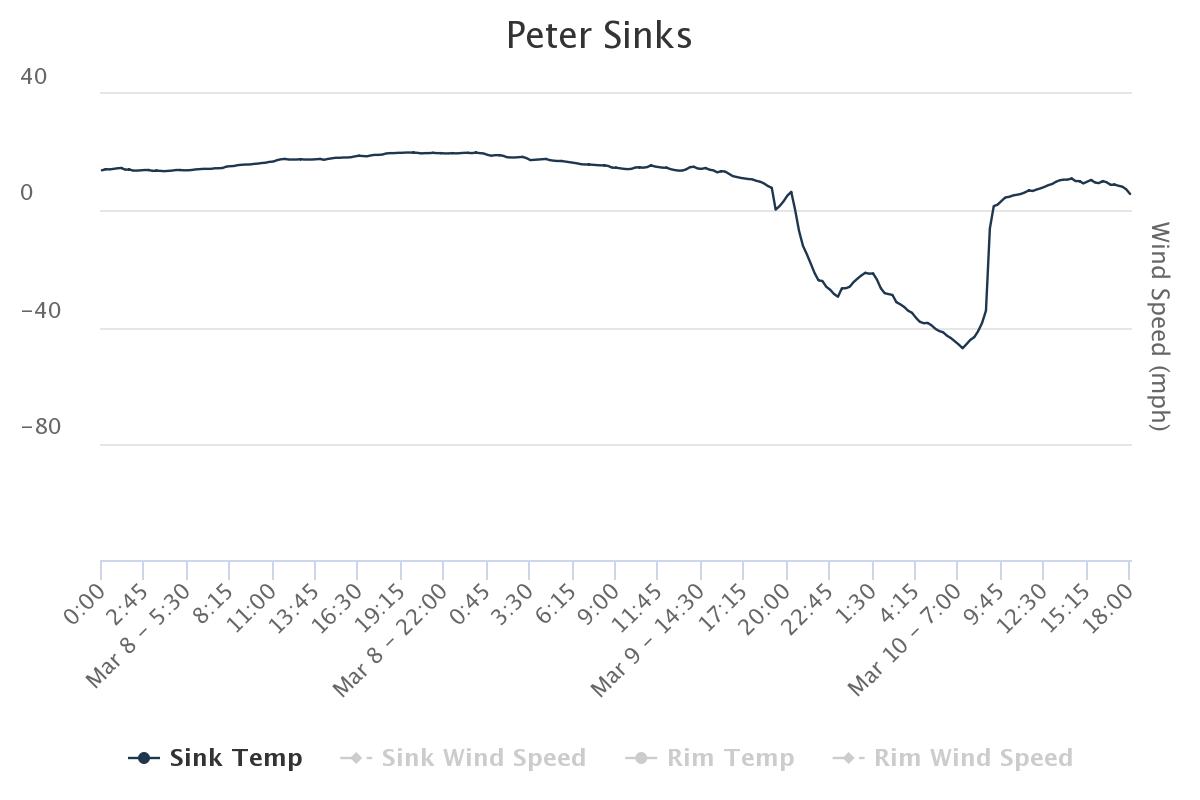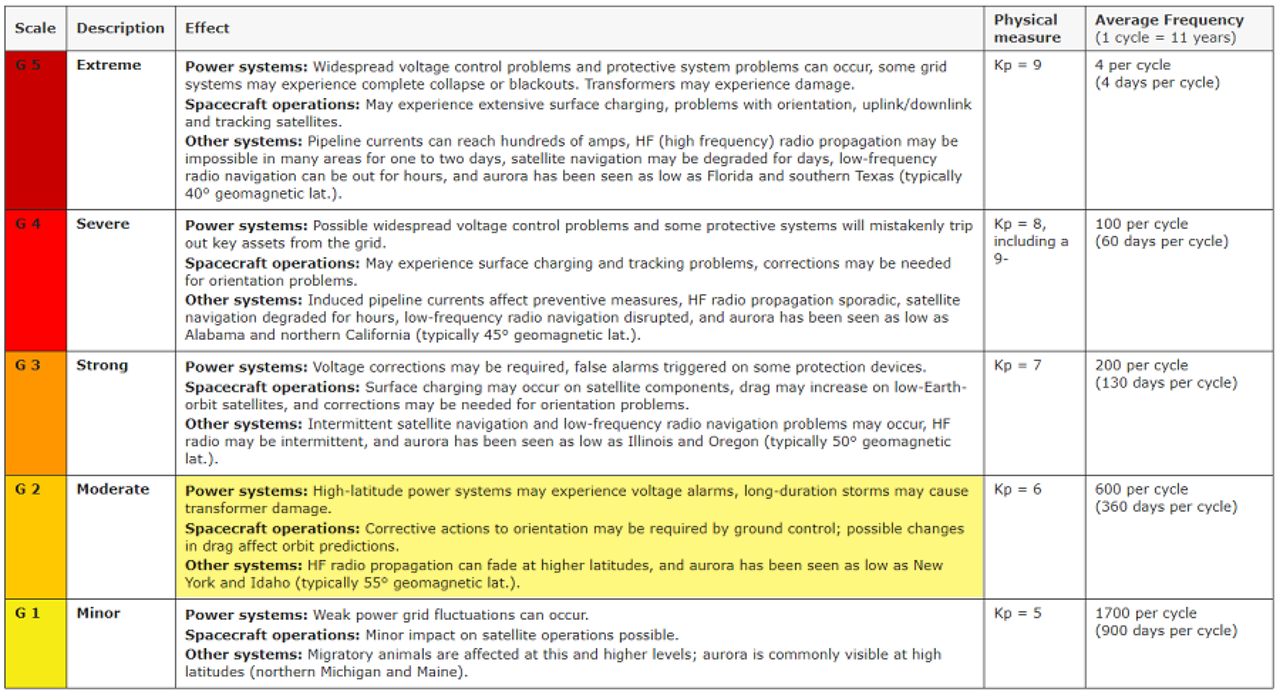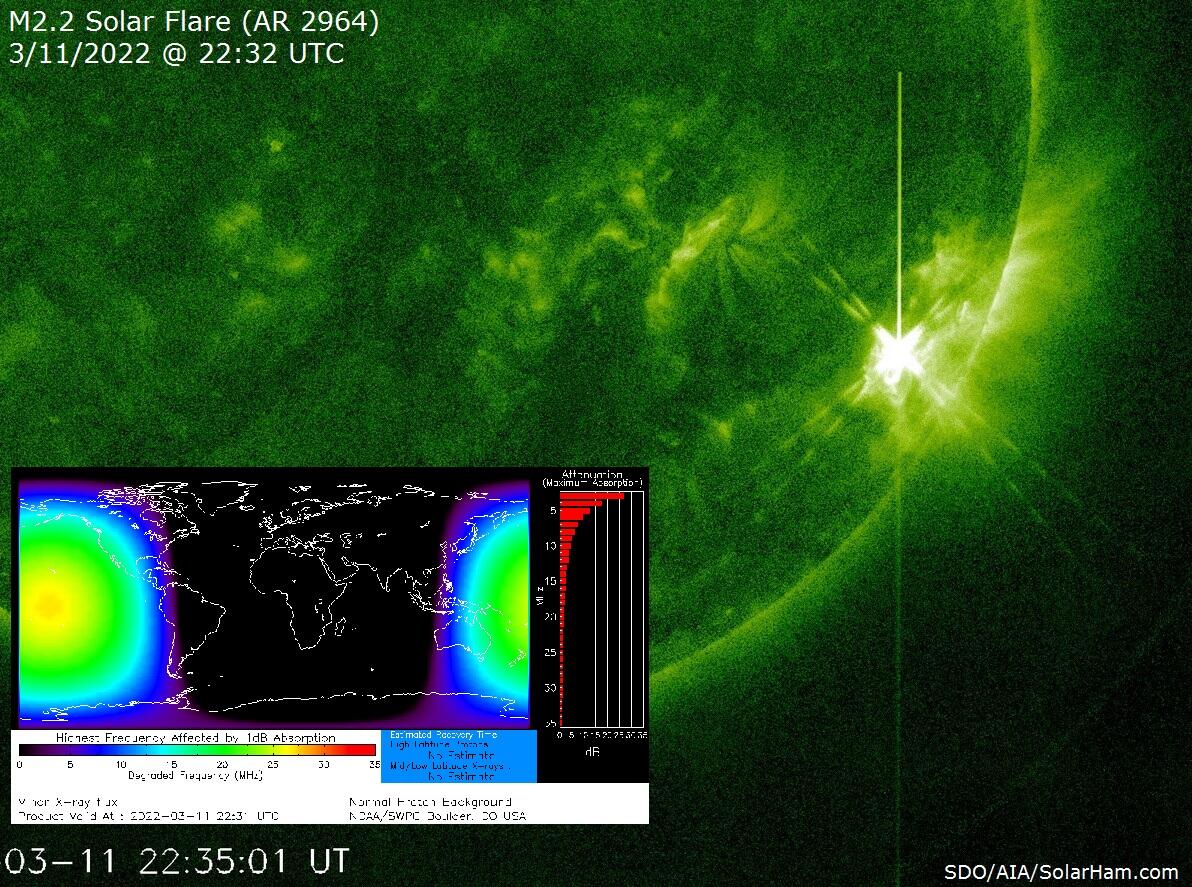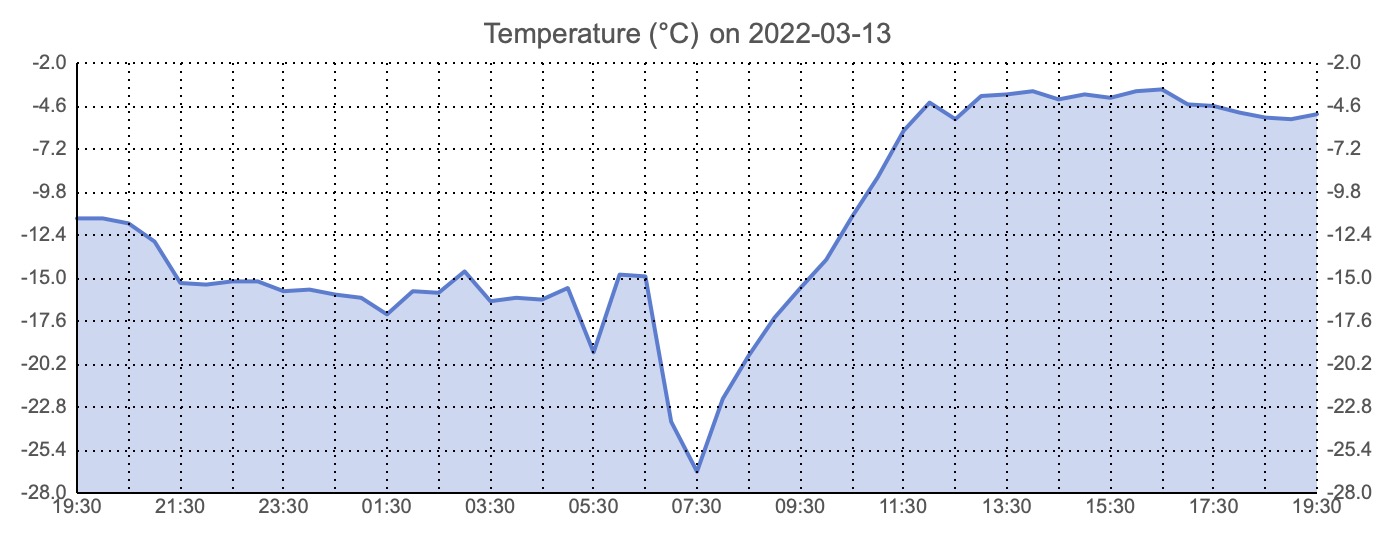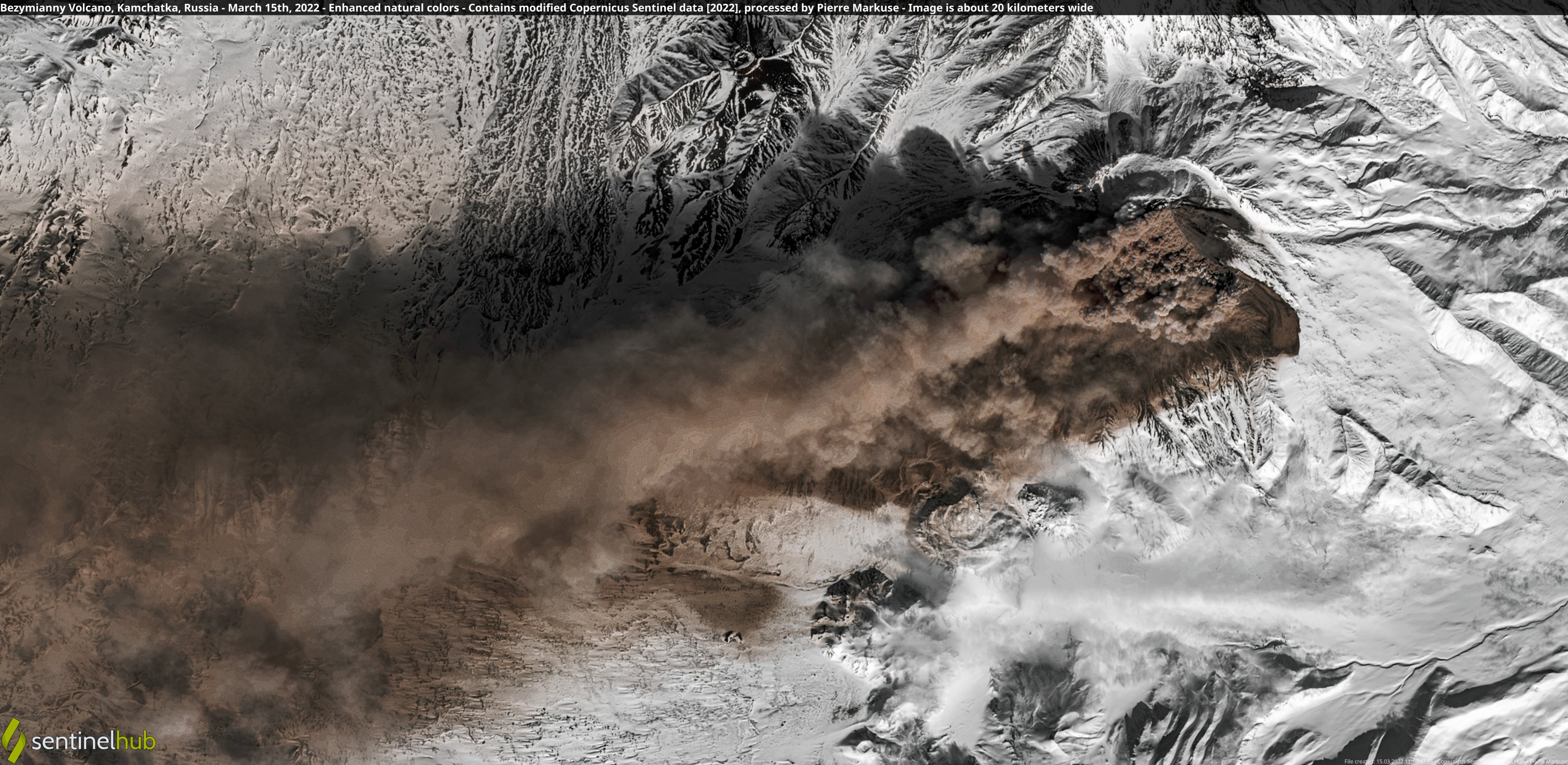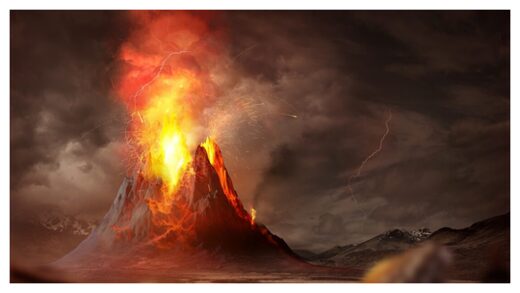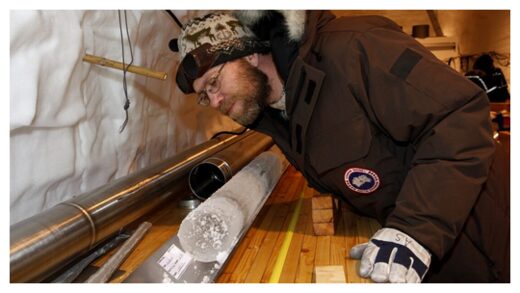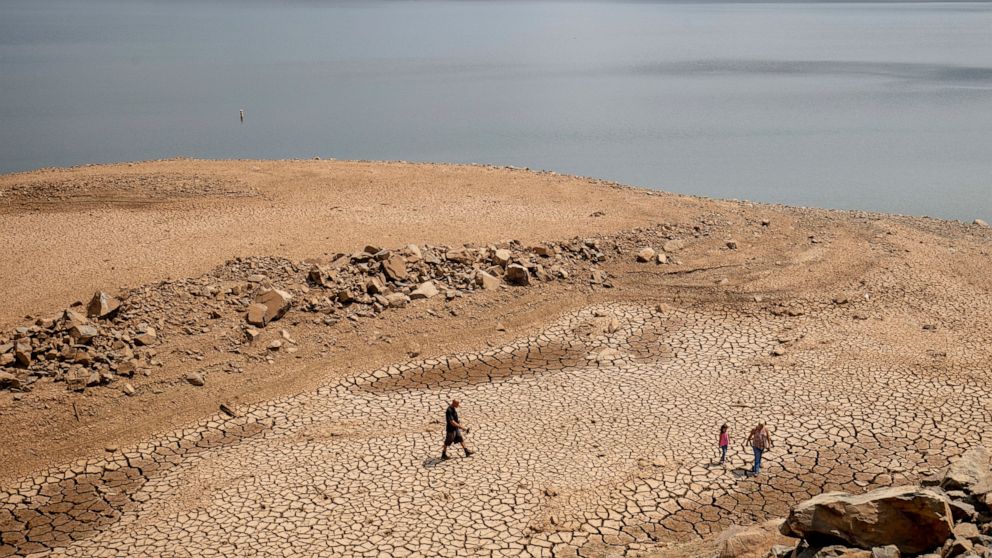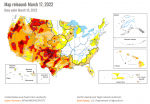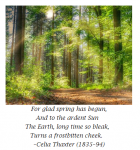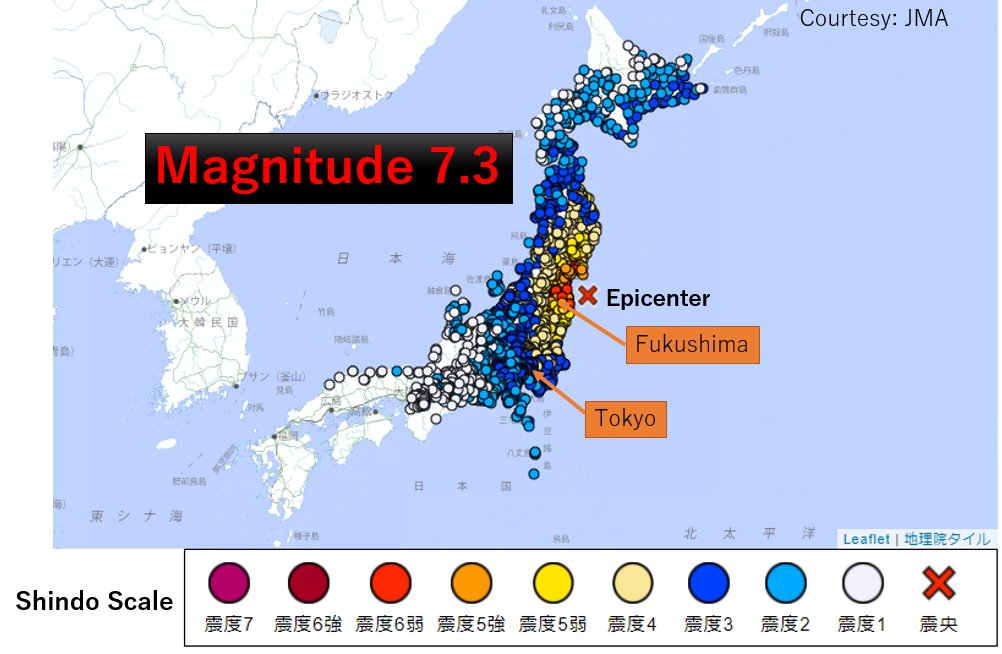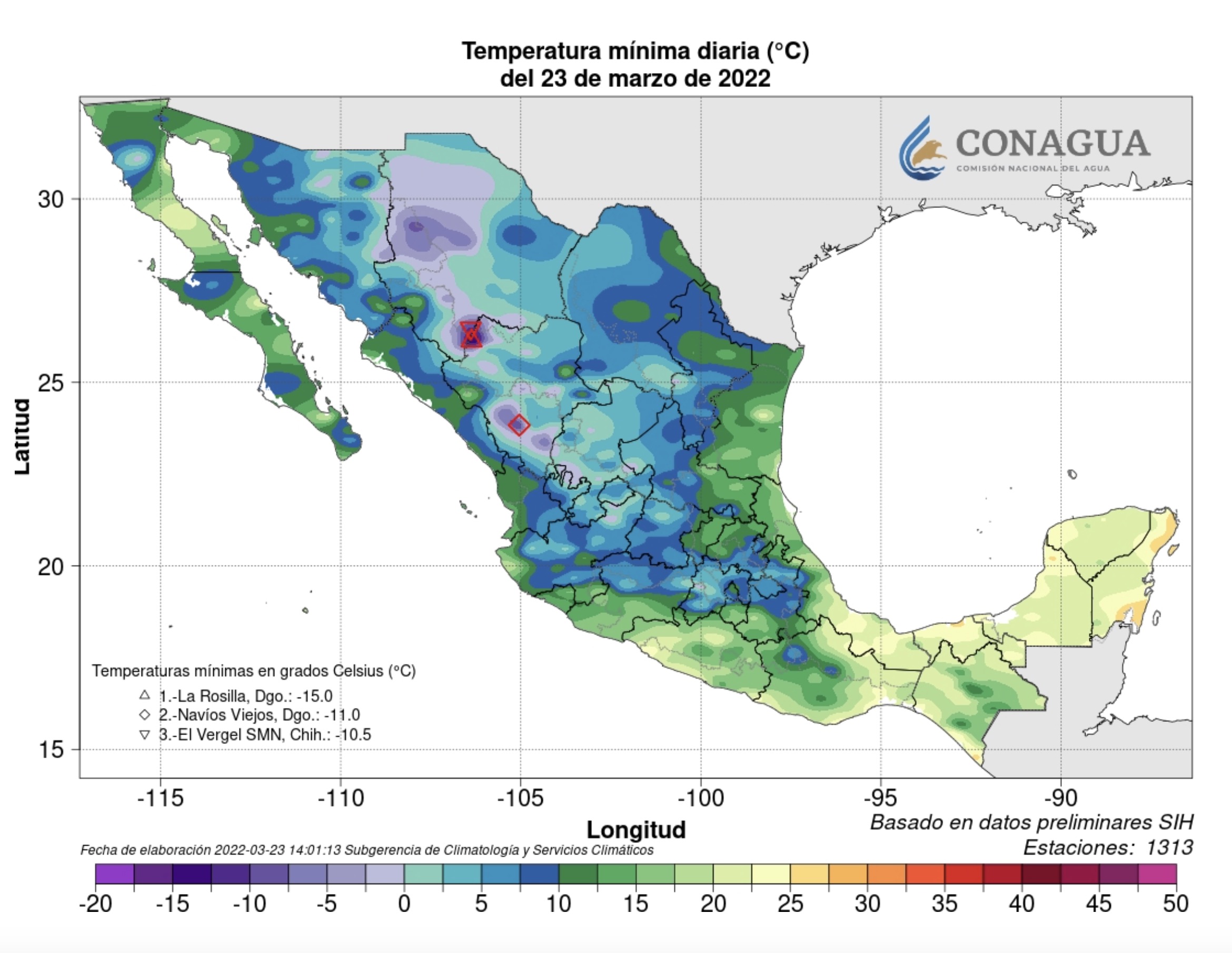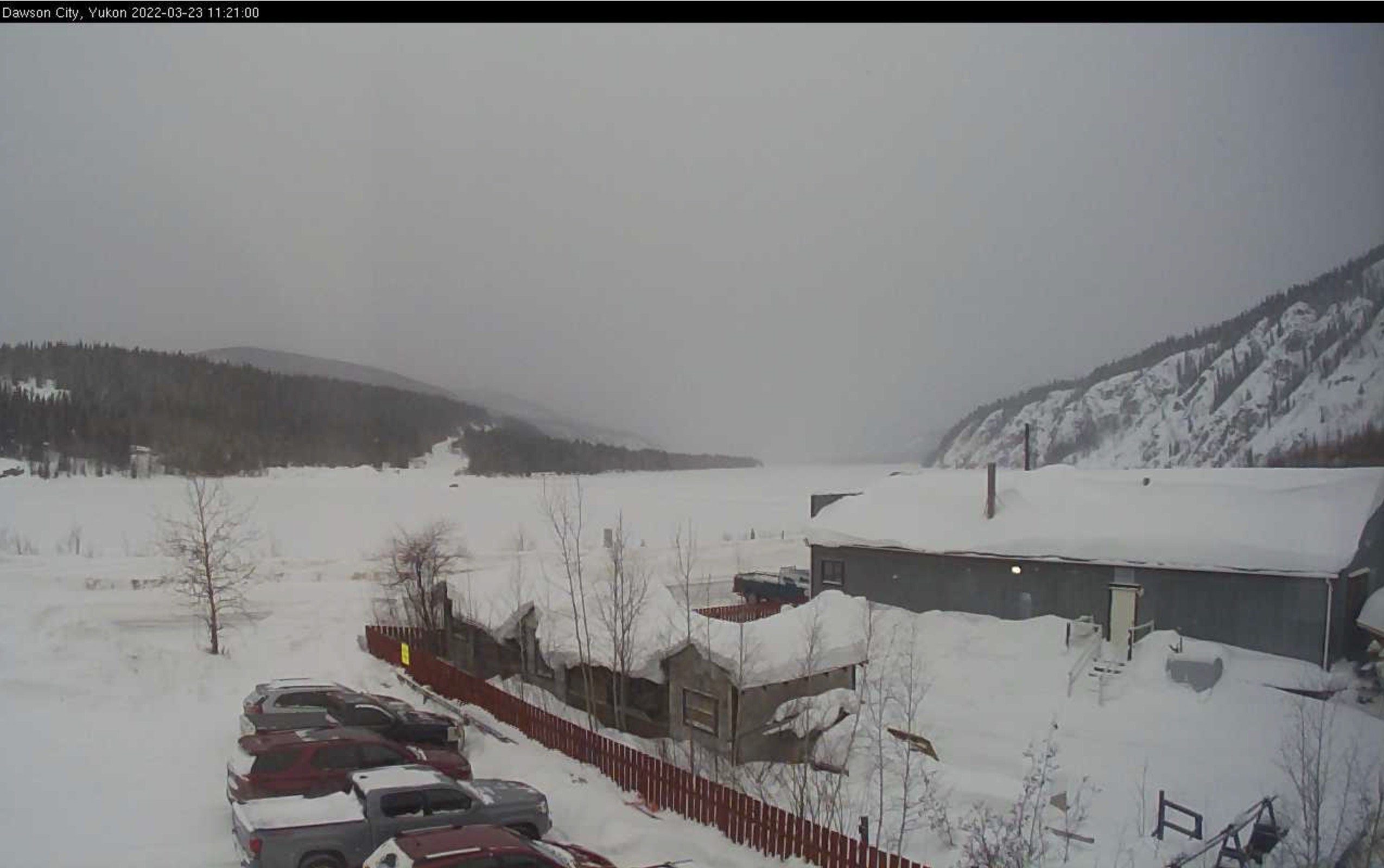alpha
Veteran Member
Electroverse
 Extreme Weather GSM
Extreme Weather GSM
Sudden Stratospheric Warming Event Underway; Christchurch Suffers Chilly Lows And Record-Wet Feb; + Midwest and Northeast’s Winter To Extend Into March
February 28, 2022 Cap Allon
Sudden Stratospheric Warming Event Underway
The GFS and its ensembles are forecasting a reduction in westerly zonal winds over the North Pole as we enter March.
The higher latitudes have experienced consistently strong zonal winds to date, and, as a result, below-average temperatures have prevailed at the North Pole, which helped drive Arctic sea ice to its largest extent since 2008, and before that 2004.
A strong Polar Vortex means a strong polar circulation, which usually keeps cold air locked up in the Arctic, and, in turn, results in milder winter conditions for the United States and Europe. Conversely, a weak (wavy) Polar Vortex has a much harder time containing the Arctic’s cold air, and often funnels it south into the lower latitudes.

The strength of the polar vortex is most often measured by the power of the winds that it produces. This is typically done by measuring the zonal (west to east) wind speeds around the polar circle (60°N latitude).
Looking at the chart below, we can see that the zonal winds have been strong this winter season (to March). This explains the generally milder conditions enjoyed across the lower latitudes, particularly across Europe. But now, those westerly zonal winds are set to reduce sharply over the coming few days suggesting a rapid weakening of the polar vortex. The runs are in agreement (seethe plunging green line) — a sudden stratospheric warming event could be building:

Here’s a tidier chart (using similar data):

At 10hPa, the stratospheric polar vortex spins high above the weather; but it is still directly connected to the lower levels. It is tied to higher levels, too — and on that note, embedded below is the zonal mean temperature at the North Pole’s higher 50hPa level. There has seen a steady cooling trend observed up there this season, one that picked up the pace in the past few weeks, dropping to record cold levels in mid-February (pink line). Accepting atmospheric levels are connected, this record cold has the potential to permeate down through the layers in the near future.

Likewise, when the stratospheric polar vortex is weakened, eastward winds progress down through the lower atmosphere (into the troposphere) where they then weaken the jet stream. This setup often result in easterly winds down near the surface, too, which, in turn, often results in dramatic reductions in temperature across the lower latitudes.
It should be noted, however, that the polar vortex is just one of many forcings capable of influencing our weather. Case in point: Despite the consistent zonal strength observed high above the North Pole this season, the U.S. has still suffered a number of record-breaking Arctic blasts. But it could stand that a confluence of forcings is needed in order for truly historic conditions to prevail. And with that in mind, let’s look again at that first SSW chart:

Note the red dotted line. This indicates last year’s zonal wind strength. Note the sharp weakening through January — it is this, after the standard 2-or-so weeks lag, and in combination with other forcings, that resulted in America suffering its coldest month of February since the 1980s. It led to the Big Freeze in Texas, during which 5 million homes lost power and 702 people died of the cold, some in their beds while they slept, including children.
702 Texans Died in February's Record-Breaking Freeze, far higher than the State's Official Death Toll of 151 - Electroverse
The impact of this week’s weakening of the zonal winds high above the North Pole (10hPa) is something a wait and see — America, Europe and North Asia don’t yet know their fate. Saying that though, a few recent GFS runs are picking up on signals of a ‘Arctic outbreak’ developing around mid-March, but they are simply too far out to be reliable:
 GFS 2m Temperature Anomalies (C) for March 13 [tropicaltidbits.com].
GFS 2m Temperature Anomalies (C) for March 13 [tropicaltidbits.com].
Earth’s climate system is unimaginably complex and wildly unpredictable. For climate scientists to claim they can predict the temperature 50 to 100 years from now is preposterous. To say they know what the sea level will be, or how far glaciers will have retreated is equally absurd. Yet the masses are too consumed with mindless daily tasks to notice; too preoccupied with the ups and downs of the day’s spoon-fed news narrative to see past the lies; too busy simply surviving school runs and rat racing (and the pointless pursuit of a phony career) to have the time to stop and think; and they are too hooked on Instagram dopamine hits to find the willpower to strive for anything more…
Christchurch Suffers Chilly Lows And Record-Wet February
Christchurch just suffered its wettest February since records began in 1944. The city’s total rain this month stands at 148mm (5.8 inches), putting it ahead of the previous record, 1945’s 144.3mm (5.7 inches).
Monday was also bitterly cold — with a reading of 2.6C it was nearly five times lower the monthly minimum average, plus it was also the city’s fifth-coldest February morning on record, according to MetService meteorologist Lewis Ferris.
Another influx of cool air is expected later this week, and additional rain is on the cards Tuesday and Wednesday, too.
More than three times the average rainfall fell in first half of this month in Christchurch, and is is the case in Australia to the west, dire predictions of never-ending drought and wildfires are being upended by record volumes of precipitation.
Activist scientists, such as Tim Flannery, predicted that cities such as Brisbane and Sydney were likely to run out of water very quickly because of man-made global warming. In 2007, Flannery said, “So even the rain that falls isn’t actually going to fill our dams and our river systems…”
More on Australia:
Bureau Of Meteorology's Annual Report Doesn't Link Humans To Climate Change, Also Shows Australia Is Cooling - Electroverse
Midwest and Northeast’s Winter To Extend Into March
As the first day of meteorological spring nears, Americans from the Great Lakes to the New England coast are bracing for another dose of anomalously wintry conditions.
“A parade of clippers is forecast to sweep across the northern tier of the U.S. early week, each time producing a quick burst of snow along the storm track,” said AccuWeather Meteorologist Matt Benz.
The Northeast copped some snow on Sunday, but the first clipper of the week pushes into Minnesota, Wisconsin and Michigan Monday into Monday night. This same system is expected to traverse across the Northeast Tuesday into Tuesday night, too.
As the snow treks across the northern tier of the country, a general coating of 3 inches of is expected.
Two subsequent clippers are then expected to dump snow from North Dakota and Minnesota into the interior Northeast Tuesday into Wednesday and Wednesday into Thursday, each time bringing some quick-hitting flurries for a few hours.
As each clipper departs, freezing temperatures will be left behind.
Much of the Upper Midwest has spent the final week of February in a deep freeze. High temperatures were below zero in Grand Forks, N.D., while Minneapolis was in the teens for most of the week — hundred upon hundreds of low temperature records have tumbled across North America over the past 7 days (including in Canada):

Elsewhere
The first sb -60C of the year has been registered in Antarctica.
On Feb 26, the Japanese Base of Dome Fuji logged a low of to -60.6C (-77.1F) — this is “a quite remarkable value for February,” writes @extremetemps on Twitter, but one that falls short of the Continental record of -65.5C, which is held by Vostok.
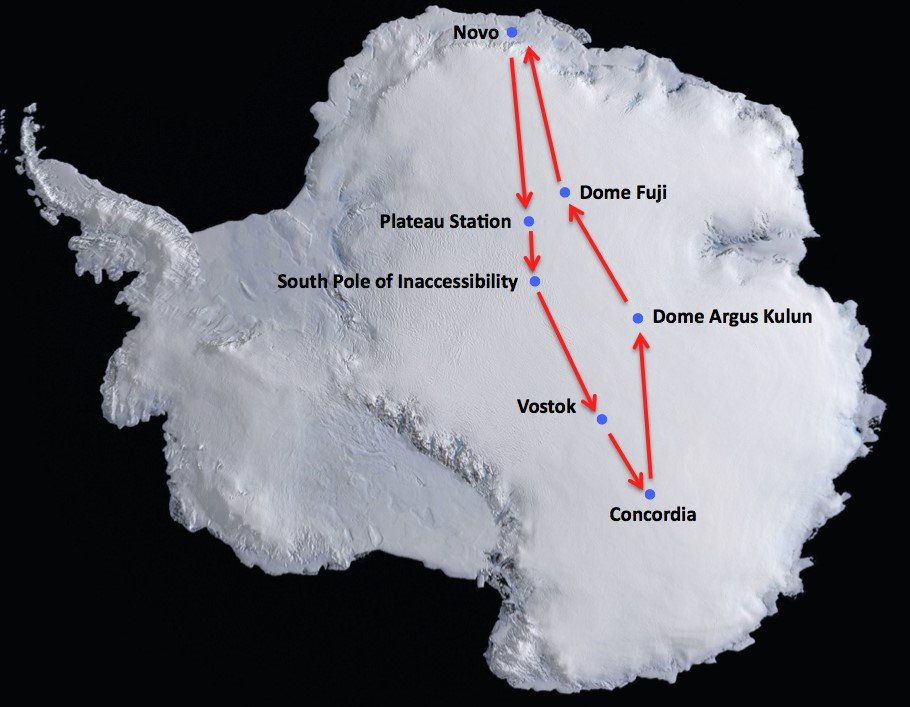
The COLD TIMES are returning, the mid-latitudes are REFREEZING in line with historically low solar activity, cloud-nucleating Cosmic Rays, and a meridional jet stream flow (among many other forcings, including the impending release of the Beaufort Gyre).
Prepare accordingly — learn the facts, relocate if need be and grow your own.

Sudden Stratospheric Warming Event Underway; Christchurch Suffers Chilly Lows And Record-Wet Feb; + Midwest and Northeast’s Winter To Extend Into March
February 28, 2022 Cap Allon
Sudden Stratospheric Warming Event Underway
The GFS and its ensembles are forecasting a reduction in westerly zonal winds over the North Pole as we enter March.
The higher latitudes have experienced consistently strong zonal winds to date, and, as a result, below-average temperatures have prevailed at the North Pole, which helped drive Arctic sea ice to its largest extent since 2008, and before that 2004.
A strong Polar Vortex means a strong polar circulation, which usually keeps cold air locked up in the Arctic, and, in turn, results in milder winter conditions for the United States and Europe. Conversely, a weak (wavy) Polar Vortex has a much harder time containing the Arctic’s cold air, and often funnels it south into the lower latitudes.

The strength of the polar vortex is most often measured by the power of the winds that it produces. This is typically done by measuring the zonal (west to east) wind speeds around the polar circle (60°N latitude).
Looking at the chart below, we can see that the zonal winds have been strong this winter season (to March). This explains the generally milder conditions enjoyed across the lower latitudes, particularly across Europe. But now, those westerly zonal winds are set to reduce sharply over the coming few days suggesting a rapid weakening of the polar vortex. The runs are in agreement (seethe plunging green line) — a sudden stratospheric warming event could be building:

Here’s a tidier chart (using similar data):

At 10hPa, the stratospheric polar vortex spins high above the weather; but it is still directly connected to the lower levels. It is tied to higher levels, too — and on that note, embedded below is the zonal mean temperature at the North Pole’s higher 50hPa level. There has seen a steady cooling trend observed up there this season, one that picked up the pace in the past few weeks, dropping to record cold levels in mid-February (pink line). Accepting atmospheric levels are connected, this record cold has the potential to permeate down through the layers in the near future.

Likewise, when the stratospheric polar vortex is weakened, eastward winds progress down through the lower atmosphere (into the troposphere) where they then weaken the jet stream. This setup often result in easterly winds down near the surface, too, which, in turn, often results in dramatic reductions in temperature across the lower latitudes.
It should be noted, however, that the polar vortex is just one of many forcings capable of influencing our weather. Case in point: Despite the consistent zonal strength observed high above the North Pole this season, the U.S. has still suffered a number of record-breaking Arctic blasts. But it could stand that a confluence of forcings is needed in order for truly historic conditions to prevail. And with that in mind, let’s look again at that first SSW chart:

Note the red dotted line. This indicates last year’s zonal wind strength. Note the sharp weakening through January — it is this, after the standard 2-or-so weeks lag, and in combination with other forcings, that resulted in America suffering its coldest month of February since the 1980s. It led to the Big Freeze in Texas, during which 5 million homes lost power and 702 people died of the cold, some in their beds while they slept, including children.
702 Texans Died in February's Record-Breaking Freeze, far higher than the State's Official Death Toll of 151 - Electroverse
The impact of this week’s weakening of the zonal winds high above the North Pole (10hPa) is something a wait and see — America, Europe and North Asia don’t yet know their fate. Saying that though, a few recent GFS runs are picking up on signals of a ‘Arctic outbreak’ developing around mid-March, but they are simply too far out to be reliable:
 GFS 2m Temperature Anomalies (C) for March 13 [tropicaltidbits.com].
GFS 2m Temperature Anomalies (C) for March 13 [tropicaltidbits.com].Earth’s climate system is unimaginably complex and wildly unpredictable. For climate scientists to claim they can predict the temperature 50 to 100 years from now is preposterous. To say they know what the sea level will be, or how far glaciers will have retreated is equally absurd. Yet the masses are too consumed with mindless daily tasks to notice; too preoccupied with the ups and downs of the day’s spoon-fed news narrative to see past the lies; too busy simply surviving school runs and rat racing (and the pointless pursuit of a phony career) to have the time to stop and think; and they are too hooked on Instagram dopamine hits to find the willpower to strive for anything more…
Christchurch Suffers Chilly Lows And Record-Wet February
Christchurch just suffered its wettest February since records began in 1944. The city’s total rain this month stands at 148mm (5.8 inches), putting it ahead of the previous record, 1945’s 144.3mm (5.7 inches).
Monday was also bitterly cold — with a reading of 2.6C it was nearly five times lower the monthly minimum average, plus it was also the city’s fifth-coldest February morning on record, according to MetService meteorologist Lewis Ferris.
The last morning of meteorological summer was a cool one for some!
Christchurch airport got down to 2.6°C – its coldest temperature this summer and 5th equal coldest Feb temp since records began there in 1954.
It got down to 1.1°C at Dunedin Airport. 0°C at Waiouru! pic.twitter.com/bBPps32HUU
— MetService (@MetService) February 27, 2022
Another influx of cool air is expected later this week, and additional rain is on the cards Tuesday and Wednesday, too.
More than three times the average rainfall fell in first half of this month in Christchurch, and is is the case in Australia to the west, dire predictions of never-ending drought and wildfires are being upended by record volumes of precipitation.
Activist scientists, such as Tim Flannery, predicted that cities such as Brisbane and Sydney were likely to run out of water very quickly because of man-made global warming. In 2007, Flannery said, “So even the rain that falls isn’t actually going to fill our dams and our river systems…”
Intense rain and record-breaking floods have hit eastern Australia, killing at least eight peopleEight dead as Australian floods break records pic.twitter.com/q24xvknnA6
— BBC News (World) (@BBCWorld) February 28, 2022
More on Australia:
Bureau Of Meteorology's Annual Report Doesn't Link Humans To Climate Change, Also Shows Australia Is Cooling - Electroverse
Midwest and Northeast’s Winter To Extend Into March
As the first day of meteorological spring nears, Americans from the Great Lakes to the New England coast are bracing for another dose of anomalously wintry conditions.
“A parade of clippers is forecast to sweep across the northern tier of the U.S. early week, each time producing a quick burst of snow along the storm track,” said AccuWeather Meteorologist Matt Benz.
The Northeast copped some snow on Sunday, but the first clipper of the week pushes into Minnesota, Wisconsin and Michigan Monday into Monday night. This same system is expected to traverse across the Northeast Tuesday into Tuesday night, too.
As the snow treks across the northern tier of the country, a general coating of 3 inches of is expected.
Two subsequent clippers are then expected to dump snow from North Dakota and Minnesota into the interior Northeast Tuesday into Wednesday and Wednesday into Thursday, each time bringing some quick-hitting flurries for a few hours.
As each clipper departs, freezing temperatures will be left behind.
Much of the Upper Midwest has spent the final week of February in a deep freeze. High temperatures were below zero in Grand Forks, N.D., while Minneapolis was in the teens for most of the week — hundred upon hundreds of low temperature records have tumbled across North America over the past 7 days (including in Canada):

Elsewhere
The first sb -60C of the year has been registered in Antarctica.
On Feb 26, the Japanese Base of Dome Fuji logged a low of to -60.6C (-77.1F) — this is “a quite remarkable value for February,” writes @extremetemps on Twitter, but one that falls short of the Continental record of -65.5C, which is held by Vostok.

The COLD TIMES are returning, the mid-latitudes are REFREEZING in line with historically low solar activity, cloud-nucleating Cosmic Rays, and a meridional jet stream flow (among many other forcings, including the impending release of the Beaufort Gyre).
Prepare accordingly — learn the facts, relocate if need be and grow your own.












